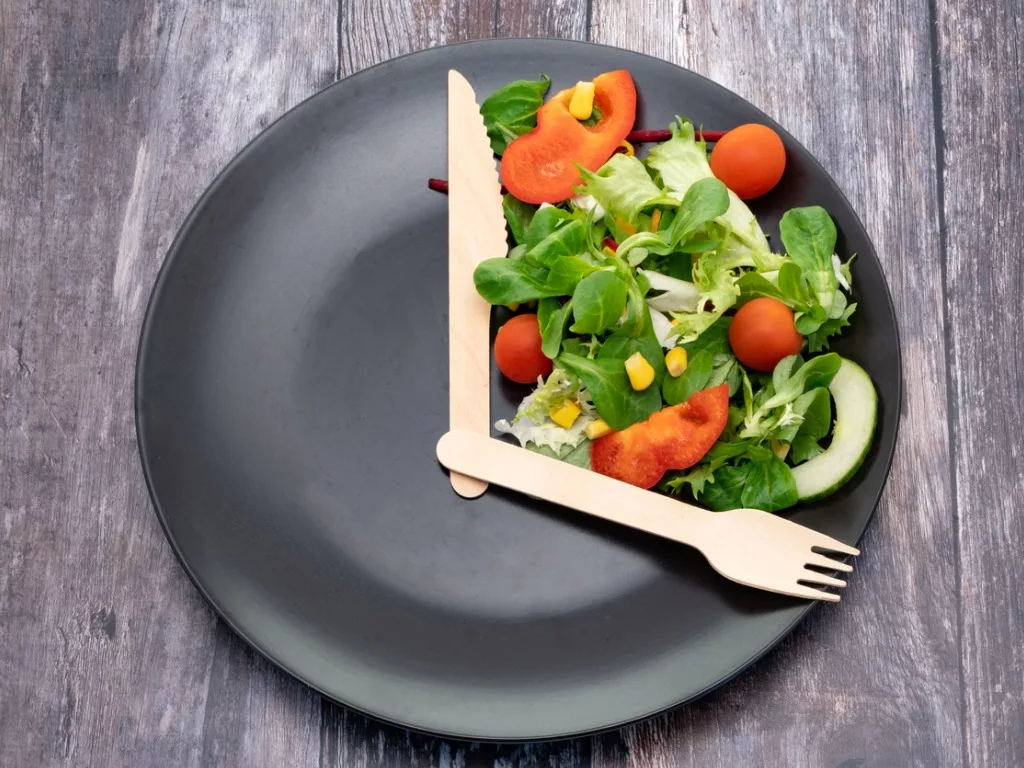Navigating the World of Intermittent Fasting
Intermittent fasting has gained popularity in recent years as a powerful tool for weight management and overall health improvement. If you’re new to this concept and looking to explore its benefits, you’ve come to the right place. In this ultimate beginner’s guide to intermittent fasting, we’ll navigate the world of fasting, understand its basics, explore its health benefits, discover different approaches, and provide you with expert tips for a successful fasting experience. Let’s dive in! If you start searching the options below, you can find the best deals for you.
Understanding the Basics of Intermittent Fasting
Intermittent fasting is an eating pattern that alternates between periods of fasting and eating within a specific time window. The most common approach is the 16/8 method, where you fast for 16 hours and restrict your eating to an 8-hour window each day. This method allows your body to experience a prolonged period of fasting, which can have numerous benefits for your overall health and well-being.
During the fasting period, your body depletes its glycogen stores and begins burning stored fat for energy. This process, known as ketosis, can lead to weight loss and improved body composition. Additionally, fasting triggers cellular repair processes, reduces insulin levels, and promotes autophagy, a process where your body removes damaged cells and waste materials.
Exploring the Health Benefits of Intermittent Fasting
Intermittent fasting offers numerous health benefits beyond just weight loss. Research has shown that it can improve insulin sensitivity, lower the risk of type 2 diabetes, and reduce inflammation in the body. By giving your body a break from constant digestion, intermittent fasting allows it to focus on other important processes, such as cellular repair and detoxification.
Studies have also shown that fasting may enhance brain function and improve cognitive performance. When in a fasted state, your body produces ketones, which can provide an alternative fuel source for your brain. This can lead to increased mental clarity and focus.
In addition to these benefits, intermittent fasting has been linked to improved heart health. It can help lower blood pressure, reduce cholesterol levels, and decrease oxidative stress. These factors contribute to a decreased risk of cardiovascular diseases, such as heart attacks and strokes.
Different Approaches to Intermittent Fasting
While the 16/8 method is the most popular approach to intermittent fasting, there are various other methods that you can explore. The alternate-day fasting method involves alternating between fasting days and unrestricted eating days. This approach allows for more flexibility in your eating schedule, as you can enjoy regular meals on non-fasting days.
The 5:2 approach is another popular method, where you eat normally for five days of the week and restrict your calorie intake for the remaining two days. This method is often easier to adhere to, as it allows for more flexibility in food choices on non-fasting days.
Another approach gaining attention is the eat-stop-eat method, where you fast for 24 hours once or twice a week. This method provides a more prolonged fasting period, which can lead to greater benefits in terms of weight loss and autophagy.
The warrior diet involves fasting during the day and having one large meal at night. This method is inspired by ancient warrior cultures who would eat sparingly during the day and feast at night. It can be a challenging approach to follow, but some individuals find it fits well with their lifestyle.
Expert Tips for a Successful Fasting Experience
If you’re new to intermittent fasting, it’s important to ease into it gradually. Start by extending your fasting window by an hour or two each day until you reach your desired fasting duration. This gradual approach allows your body to adapt to the fasting state more easily.
Staying hydrated during fasting periods is crucial. Drink plenty of water, unsweetened tea, or black coffee to keep your body hydrated and help curb hunger. These beverages are calorie-free and won’t break your fast.
Listening to your body and paying attention to hunger cues is essential. If you feel excessively hungry during your fasting window, it may be a sign that you need to adjust your eating schedule or increase your calorie intake during eating periods.
When breaking your fast, it’s important to choose nutrient-dense foods that provide your body with the necessary vitamins and minerals. Incorporate whole grains, lean proteins, fruits, vegetables, and healthy fats into your meals to ensure you’re getting a balanced diet.
Avoid excessive snacking and focus on mindful eating. Intermittent fasting is not an excuse to overindulge during eating periods. It’s important to listen to your body’s hunger and fullness cues and eat until you’re satisfied, rather than stuffed.
It’s important to take care of our bodies by eating properly and exercising. Be sure to review our guide for tips on fasting and dieting!
















